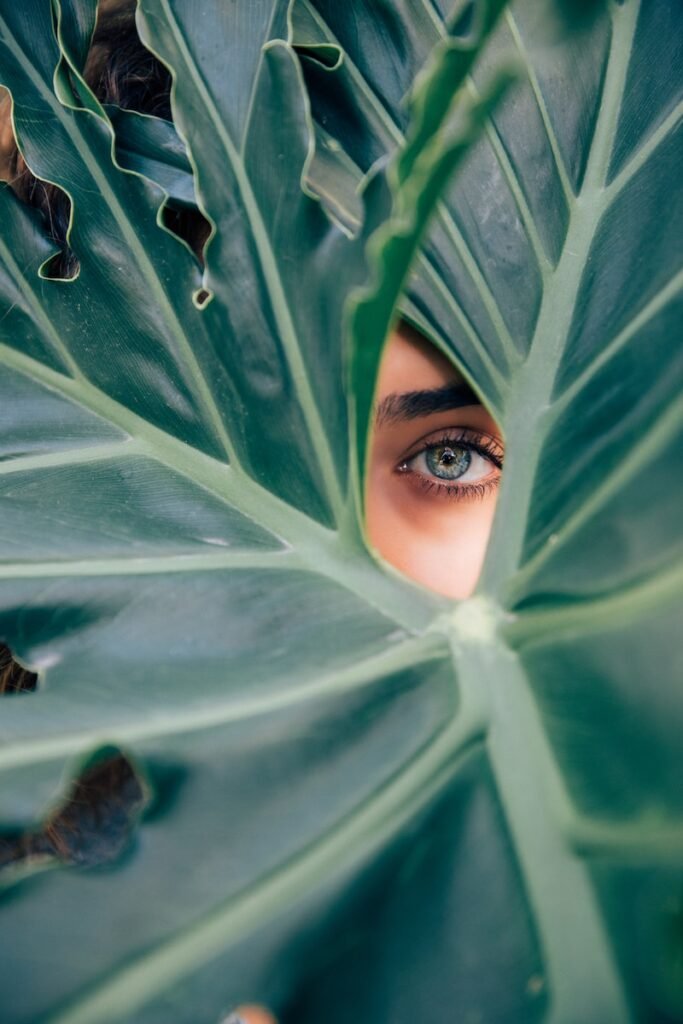Cultural Notions of Beauty
Beauty is a concept that varies greatly from culture to culture. What is considered beautiful in one part of the world may be completely different in another. These diverse cultural notions of beauty reflect the unique perspectives and values of different societies. From East Asia to Africa, from the Middle East to South America, and from Western countries to South Asia, beauty standards differ significantly. Understanding and appreciating these cultural differences allows us to embrace and celebrate the beauty in all its forms.
East Asian Beauty Standards: Pale Skin and Big Eyes
In East Asian countries like China, Japan, and South Korea, the ideal standard of beauty centers around pale skin and big eyes. Pale skin is associated with a higher social status, as it indicates that one does not have to work outdoors under the sun. Big eyes are seen as cute and attractive, symbolizing innocence and youthfulness. Many East Asian beauty routines focus on achieving fair skin through the use of skincare products and avoiding sun exposure. Additionally, the popularity of double eyelid surgery and the use of circle lenses to make the eyes appear larger reflect the importance placed on big eyes in this region.
African Beauty Ideals: Unique Facial Features and Body Shapes
In contrast to the East Asian beauty standards, African beauty ideals celebrate unique facial features and body shapes. African cultures often emphasize the beauty of full lips, broad noses, and dark skin tones. These features are seen as a reflection of heritage and are highly valued. Additionally, the curvaceous figure of African women is considered beautiful and represents fertility and femininity. This emphasis on natural beauty is reflected in the use of traditional African hairstyles and the celebration of diverse body types.
Western Beauty Standards: Slim Figures and Youthful Appearance
Western beauty standards have long been associated with slim figures and a youthful appearance. In many Western countries, the media often promotes thinness as the ideal body type, leading to widespread body image issues. Additionally, youthfulness is highly valued, with anti-aging products and cosmetic procedures being popular. The Western beauty standard also tends to focus on symmetry and clear skin. However, it is important to note that there is increasing awareness and appreciation for diversity of body shapes and sizes in recent years.
Middle Eastern Beauty: Emphasis on Ornamentation and Modesty
In the Middle East, beauty is often defined by ornamentation and modesty. Women in this region value elaborate and intricate beauty rituals, such as henna designs, use of perfumes, and intricate makeup application. Modesty is also highly regarded, with women often covering their bodies in loose-fitting clothing and wearing hijabs or other forms of head coverings. The emphasis on modesty and elegance reflects the cultural values and traditions of the region.
South American Beauty: Curves and Natural Beauty
In South American countries, beauty standards celebrate curves and natural beauty. A curvaceous figure, including a well-defined waist and voluptuous hips, is considered highly attractive. South American cultures often prioritize physical fitness and healthy lifestyles, which contribute to the emphasis on toned bodies. Natural beauty is also valued, with minimal makeup and a focus on enhancing one’s natural features through skincare and haircare routines.
South Asian Beauty: Dark Hair and Exotic Features
South Asian beauty standards are characterized by dark hair and exotic features. In countries like India and Pakistan, long, dark, and lustrous hair is highly sought after. Women often use natural ingredients, such as oils and herbal treatments, to maintain the health and shine of their hair. Exotic features, such as large expressive eyes and full eyebrows, are also considered beautiful. The use of vibrant colors in makeup and traditional attire further accentuates these features.
Appreciating and Embracing Global Beauty Standards
Understanding the diverse cultural notions of beauty is crucial in fostering appreciation and embracing global standards of beauty. Each culture has its own unique perspective and values when it comes to beauty, and all should be celebrated. By recognizing that beauty comes in various forms, we can move towards a more inclusive and accepting society. Rather than imposing narrow beauty ideals, let us celebrate the diversity of the human experience and appreciate the beauty that is found in every corner of the world.


